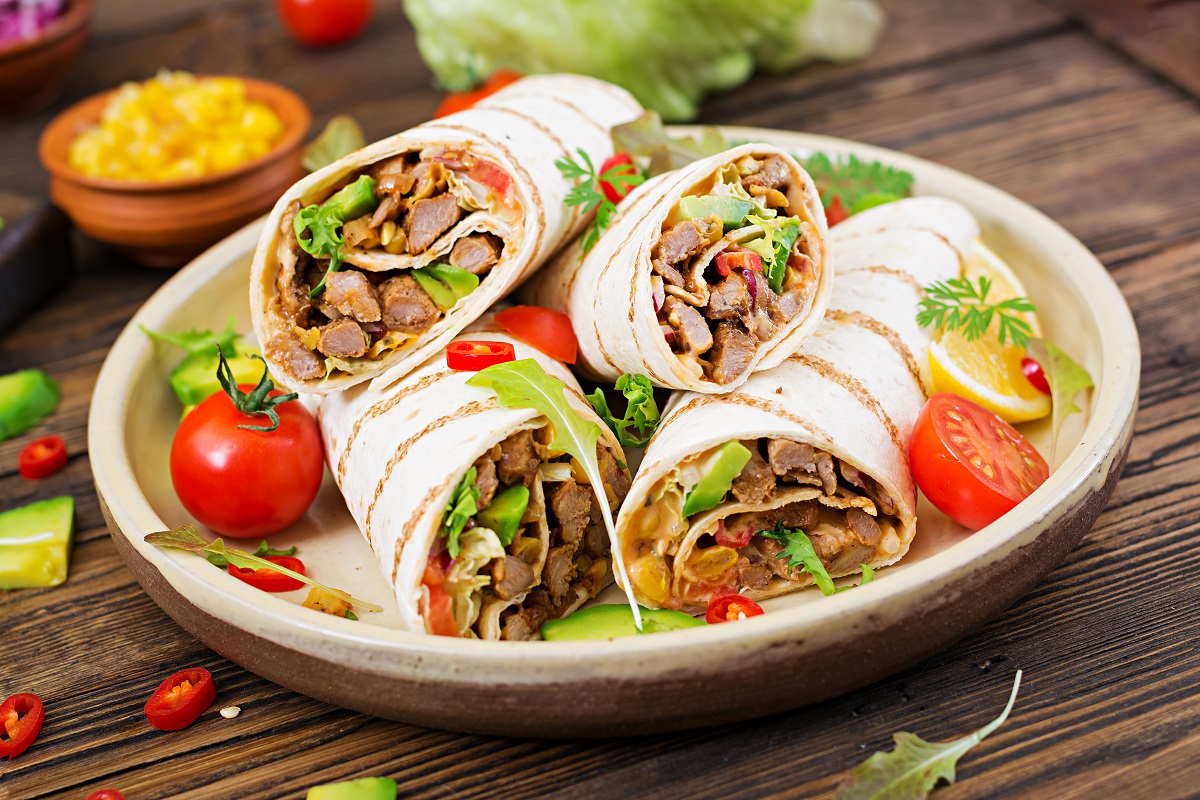Even before drones and electric cars came into being, technology is already transforming the food industry. It is the driving force behind innovation in today’s world, and it is powerful enough to change organizations and companies. Imagine how Uber forced taxi companies to pivot or how Airbnb pressures the hospitality industry. Hotels have since started offering their rooms for a fraction of the cost of their usual fees because of Airbnb. The same goes for the food industry.
Competition is tougher. Consumers are more knowledgeable. With technology, processes are made even better. But even though the food industry made strides in technological advances, this is still at a lower rate than other industries. Why is the food industry lagging? It all boils down to how invested each organization is into providing the best products to their consumers.
Precision Technology
One of the very first technologies that the food industry invested in is precision machines. In the past, it will take about five or six people to do what a machine can do in an hour today. But when the likes of Servo depositor equipment came into the scene, food industries boomed. These machines can fill up hundreds of bottles in a second. They are precise. They make sure that each product has the same quality as the one before and after it. Customers can expect products to be the same quality as the ones they bought a year ago. This kind of precision can only come from technology.
Internet of Things
The ability of machines to communicate forever changed the food industry, too. In irrigating farms, machines use sensors to collect data on soil and water content. The information the sensors get will allow farm managers to reduce water waste and conserve the use of fertilizers and pesticides. The communication between machines eliminates the need to micromanage farms, food factories, and fast-food restaurants.
Robotic Grippers
Handling sensitive food items that are prone to bruising and crushing (such as fruits and vegetables) has always been a concern for food manufacturers. Thankfully, machines like the robotic grippers solved this issue. They can handle delicate food products, thereby ensuring the quality of these products and their hygiene and sanitation. Robots diminished human intervention in the handling of food. Human error was a major component of food quality issues. But with technology, this is now a thing of the past.

Food Waste Tracking
Americans generate about 40% of food waste. People and businesses are making good use of people and social media tools to reduce food waste. For example, a restaurant can collaborate with an app that will publish food items at 50% to 70% off when the restaurant is about to close for the day. Customers can take advantage of these deals. Instead of the restaurant throwing away these food items, they can still sell them for a profit. This is just one example of how technology is stopping food wastage. More advanced technologies are to come in terms of swapping leftover food and generating a customized suggested grocery list.
3-D Printing
There are two ways 3-D printers are helping the food industry. The first one is that instead of testing food designs with actual food, the printer can provide the materials the chef needs to create whatever design they want. This prevents food wastage. The second one is more complicated since 3-D printers are now being used to “print” actual food such as candies, chocolates, and pizzas. Startup companies are “printing” meatless meats. At the same time, the guys over at the National Aeronautics and Space Administration (NASA) have experimented with mixing food ingredients in a blender and 3-D-printing different shapes and sizes.
Drones
Uncrewed aerial vehicles such as drones also have a huge impact on the food industry. Drones can provide farmers critical information on the state of their land. Since farms span large distances, farmers usually do not have the capacity to locate a damaged plant and where to release pesticides and fertilizers accurately. Thanks to satellites and advanced technology, drones also now come with sensors that can provide real-time and accurate information and take photos of a certain area on a farm.
Technology will continue to impact the food industry. That much is apparent by how technology is developing and the food industry is coping with new developments. With the pandemic in full swing, technology is also in a rapid ascension to the top as it complies with regulations, eases industry burdens, and provides the necessary information to industry leaders and customers. The industry itself will be more reliant on technology as the world goes fully digital.
